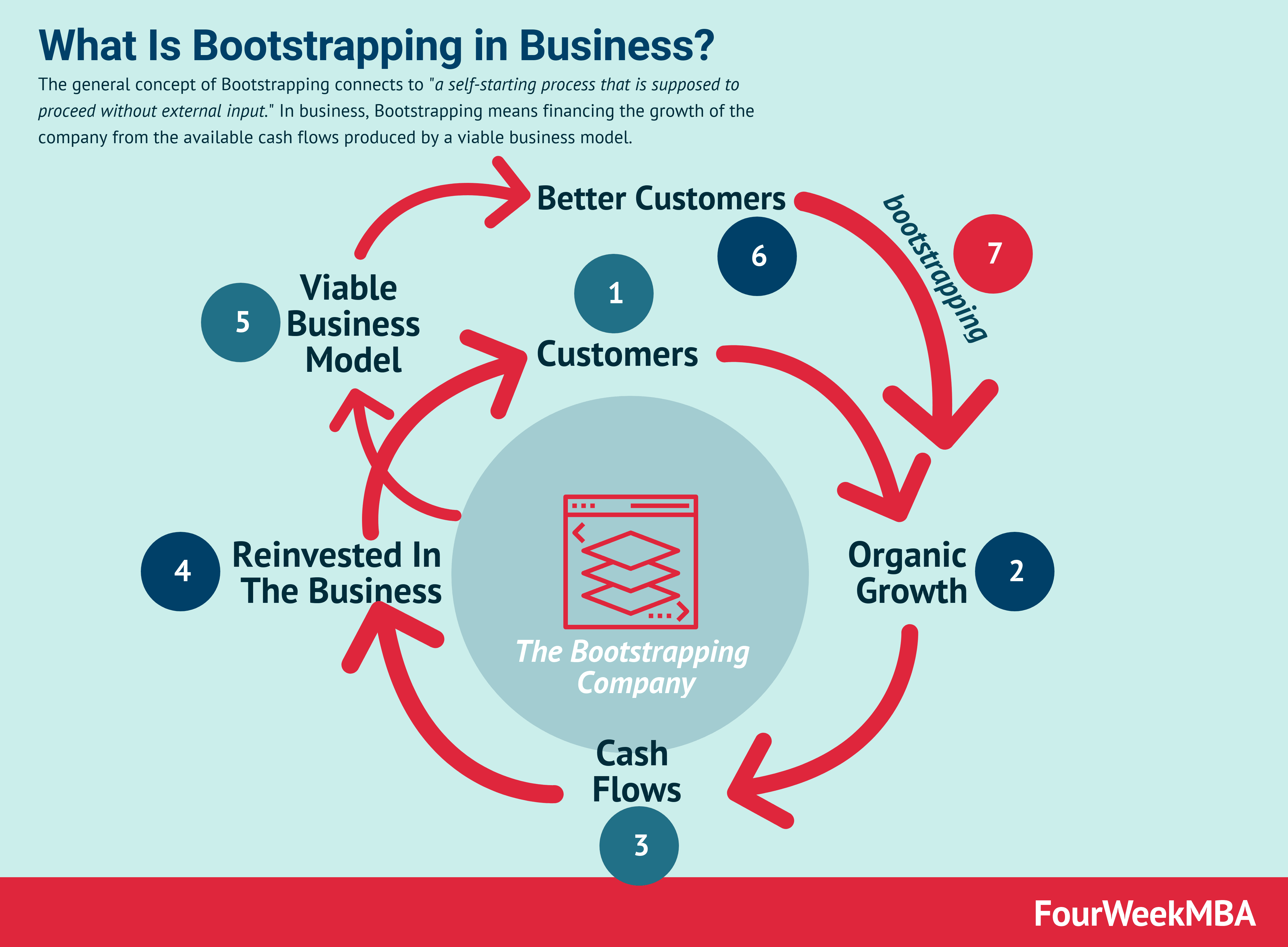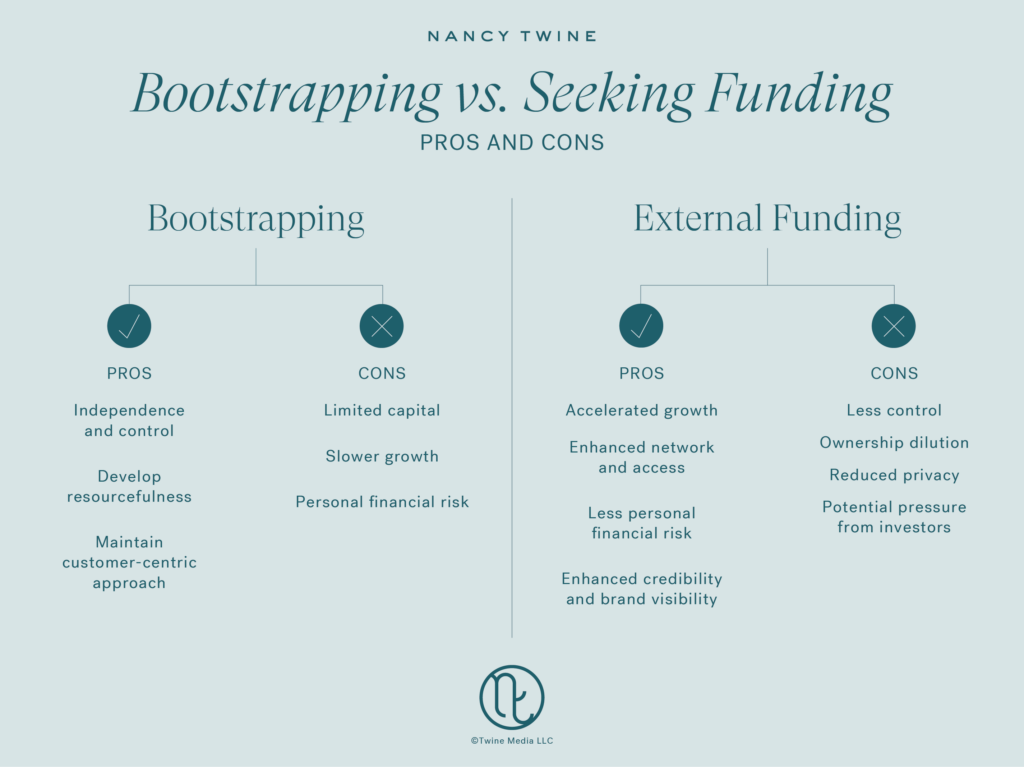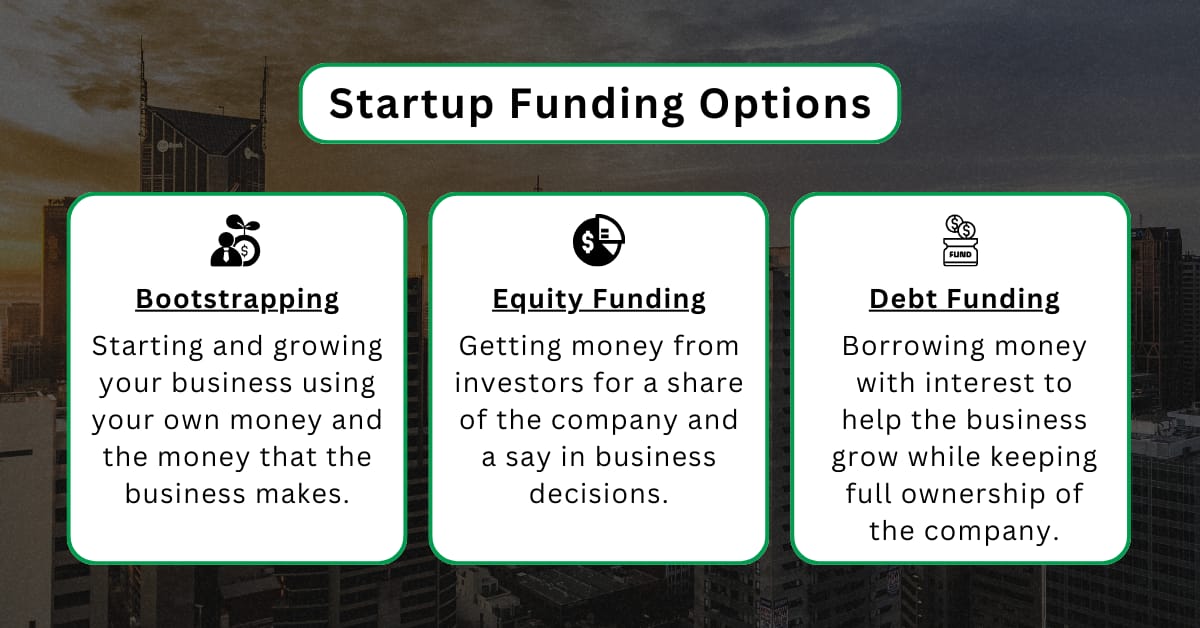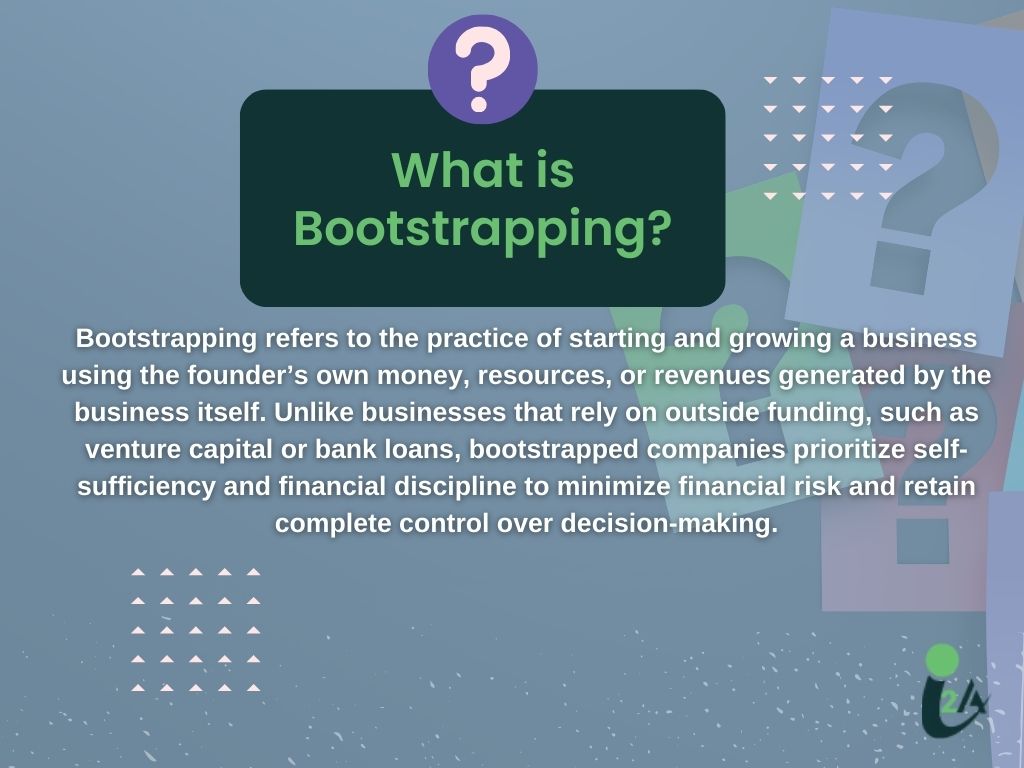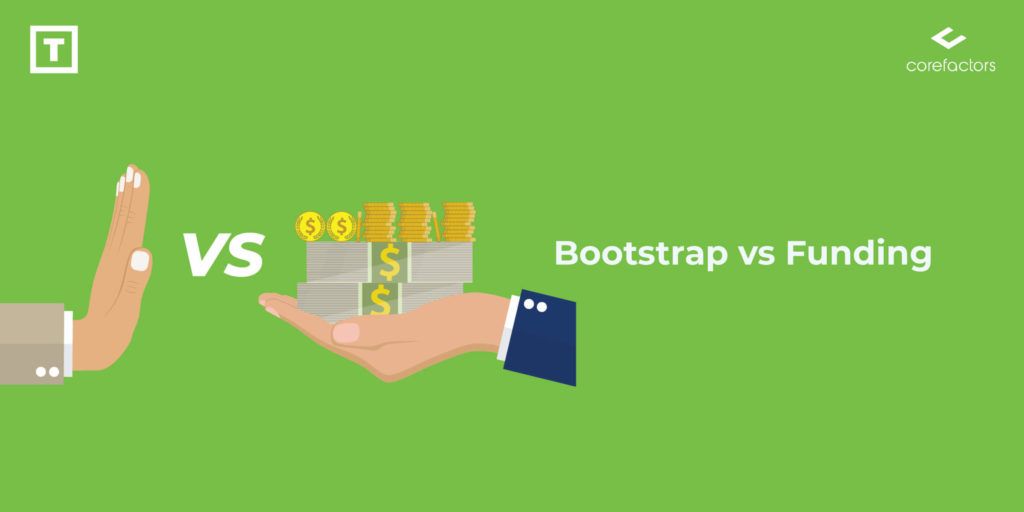Bootstrapping Finance In Entrepreneurship
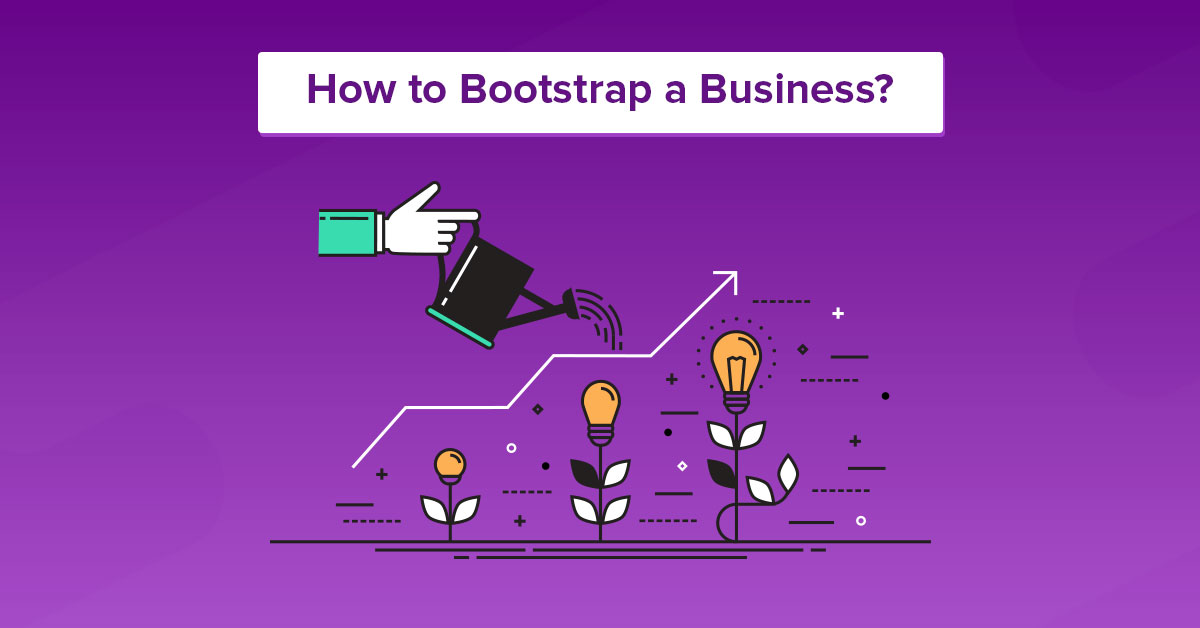
In an era defined by venture capital booms and the allure of rapid scaling, a quieter, more resilient force persists in the entrepreneurial landscape: bootstrapping. Faced with funding droughts and the inherent risks of external investment, a growing number of entrepreneurs are choosing to build their businesses from the ground up, relying solely on personal savings, revenue, and resourceful cost management.
This trend isn't just a matter of necessity; it represents a strategic decision to maintain control, foster sustainable growth, and build businesses deeply rooted in customer value. It's a path fraught with challenges, but one that ultimately empowers entrepreneurs to create ventures on their own terms.
The Essence of Bootstrapping
At its core, bootstrapping involves starting and growing a business using minimal external funding. This means foregoing traditional avenues like venture capital, angel investors, or bank loans, and instead relying on self-funding, reinvested profits, and creative resourcefulness.
Entrepreneurs bootstrap for various reasons. Some do so out of necessity, lacking access to external funding, while others see it as a deliberate choice to avoid dilution of ownership and maintain autonomy over their company's direction, according to a 2023 report by the Small Business Administration (SBA).
The SBA report highlights that bootstrapped businesses often exhibit greater financial discipline and a stronger focus on profitability from the outset.
Strategies for Thriving While Bootstrapping
Successful bootstrapping requires a mindset of frugality, innovation, and relentless customer focus. Every dollar counts, and entrepreneurs must become masters of resource allocation.
One common strategy is to start small and validate the business model before making significant investments. This often involves launching a Minimum Viable Product (MVP) to test the market and gather customer feedback, a concept popularized by Eric Ries in his book "The Lean Startup."
Another key tactic is to prioritize sales and revenue generation from day one. This can involve focusing on cash-flow-positive projects, securing pre-sales, or implementing subscription-based revenue models. Effective marketing on a budget is also crucial, often leveraging social media, content marketing, and word-of-mouth referrals.
The Power of Resourcefulness
Bootstrappers often excel at finding creative solutions to overcome resource constraints. This might involve bartering services, leveraging open-source software, or outsourcing non-core functions to freelancers.
“It’s about finding a way to make every resource work harder for you," says Anna Chen, founder of a bootstrapped marketing agency. "We started with a shoestring budget and had to learn to be incredibly resourceful. That constraint actually forced us to be more creative and efficient."
For example, some companies utilize co-working spaces or incubators to reduce overhead costs and gain access to valuable networks.
Challenges and Pitfalls
While bootstrapping offers significant advantages, it also presents unique challenges. Growth can be slower, and entrepreneurs may face difficulties in attracting top talent or competing with well-funded competitors.
One of the biggest challenges is managing cash flow. Unexpected expenses or delayed payments can quickly strain resources, potentially leading to financial instability.
Another potential pitfall is burnout. Bootstrapping often requires long hours and intense dedication, and entrepreneurs must prioritize their well-being to avoid exhaustion.
"The pressure to succeed is immense," warns David Lee, a serial entrepreneur who has bootstrapped several successful businesses. "You have to be incredibly disciplined and resilient, and you need a strong support system to help you navigate the inevitable setbacks."
The Future of Bootstrapping
Despite the challenges, bootstrapping is likely to remain a relevant and viable path for entrepreneurs in the years to come. As access to traditional funding becomes more selective, and as entrepreneurs increasingly value autonomy and sustainability, the appeal of bootstrapping will only grow stronger.
Furthermore, the rise of remote work and the increasing availability of affordable digital tools have made it easier than ever to start and scale a business with limited resources.
Looking ahead, we can expect to see even more innovative bootstrapping strategies emerge, as entrepreneurs continue to redefine the rules of the game and build thriving businesses on their own terms. The enduring spirit of resourcefulness and determination that defines bootstrapping ensures its place in the entrepreneurial ecosystem.


![Bootstrapping Finance In Entrepreneurship Bootstrap Financing: Definition, Pros, Cons, & Alternatives [2025]](https://www.investopedia.com/thmb/HKh6v-eRr8I62-t62QD3CLMJCPU=/750x0/filters:no_upscale():max_bytes(150000):strip_icc():format(webp)/bootstrapping.asp-FINAL-568f1e65d4a34316abb9f8741b96d179.png)



